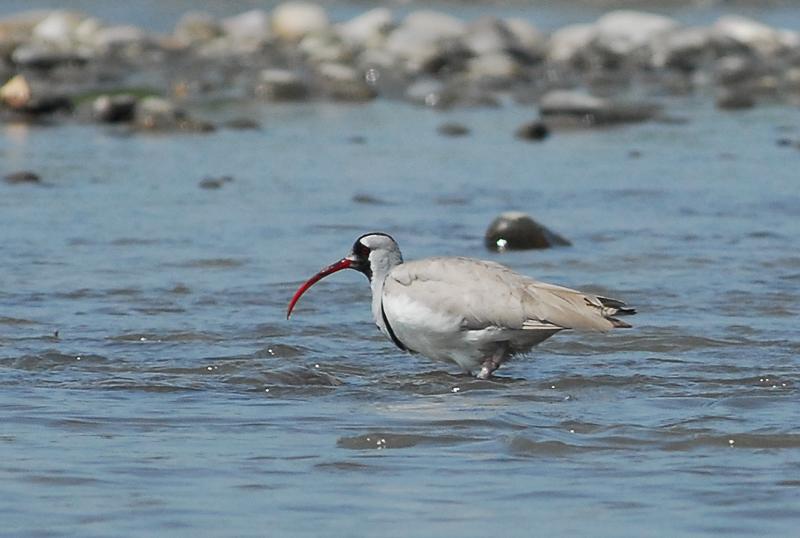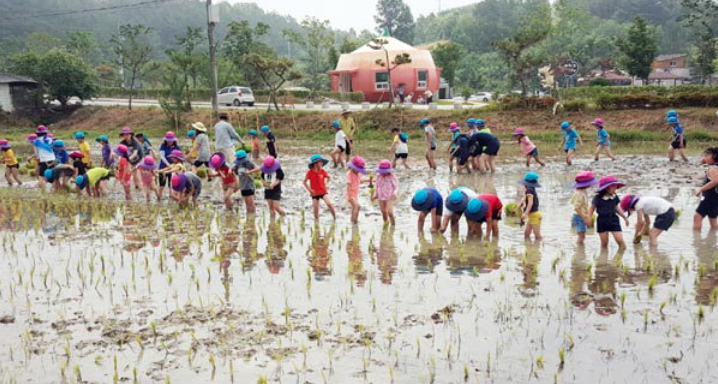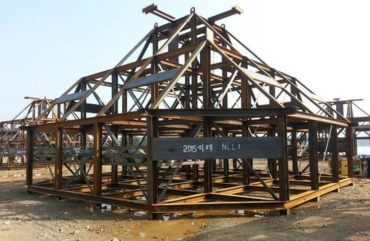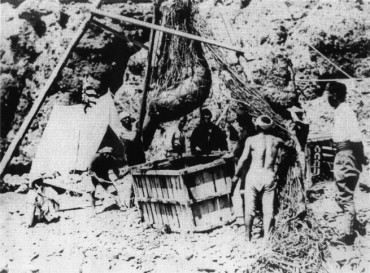
It’s going to be a habitat for crested ibis, an endangered species of migratory bird that once flourished in Korea. (image: Wikimedia)
CHANGNYEONG, June 14 (Korea Bizwire) – A new rice paddy has appeared in Jumae village, Changnyeong County, North Gyeongsang Province. But it’s not just a rice paddy for farming. It’s going to be a habitat for crested ibis, an endangered species of migratory bird that once flourished in Korea. Crested ibis are also designated as the 198th natural monument.
Jumae village is located near the Woopo marshland, and it’s also known for offering various ecological experiences to visitors. The new rice paddy was named ‘environmentally-friendly mutual farmland’.
A total of 62 elementary school students participated in a rice-planting event at the 3,300-square-meter paddy on Monday in a bid to create a future habitat for crested ibis.
Changnyeong County has raised 97 crested ibis, and it plans to increase the number to 150 by the end of the year. The birds are expected to be released back to nature in the fall of 2017. The county even has a designated space for the birds to practice adapting to the natural environment prior to their release.

A total of 62 elementary school students participated in a rice-planting event at the 3,300-square-meter paddy on Monday in a bid to create a future habitat for crested ibis. (image: Changnyeong County)
Village residents will be responsible for the maintenance and preservation of the new paddy, and students will use the new paddy for biological research and experiencing rice farming.
Other nearby villages such as Sejin, Shindang, and Jangje have also decided to establish environmentally-friendly farmlands and join Jumae’s efforts.
The county plans to continue expanding the farmlands across the Woopo marshland area.
“Increasing the number of environmentally-friendly farmlands will decrease our total harvest for a while, but we’ll be able to produce healthier crops, and more importantly create a habitable environment for crested ibis,” said a county official.
By Lina Jang (linajang@koreabizwire.com)






